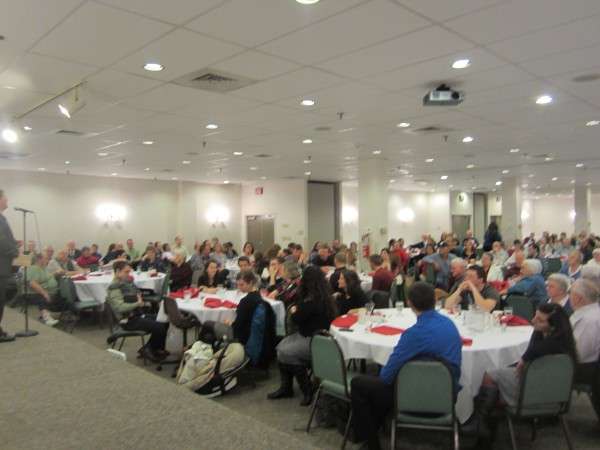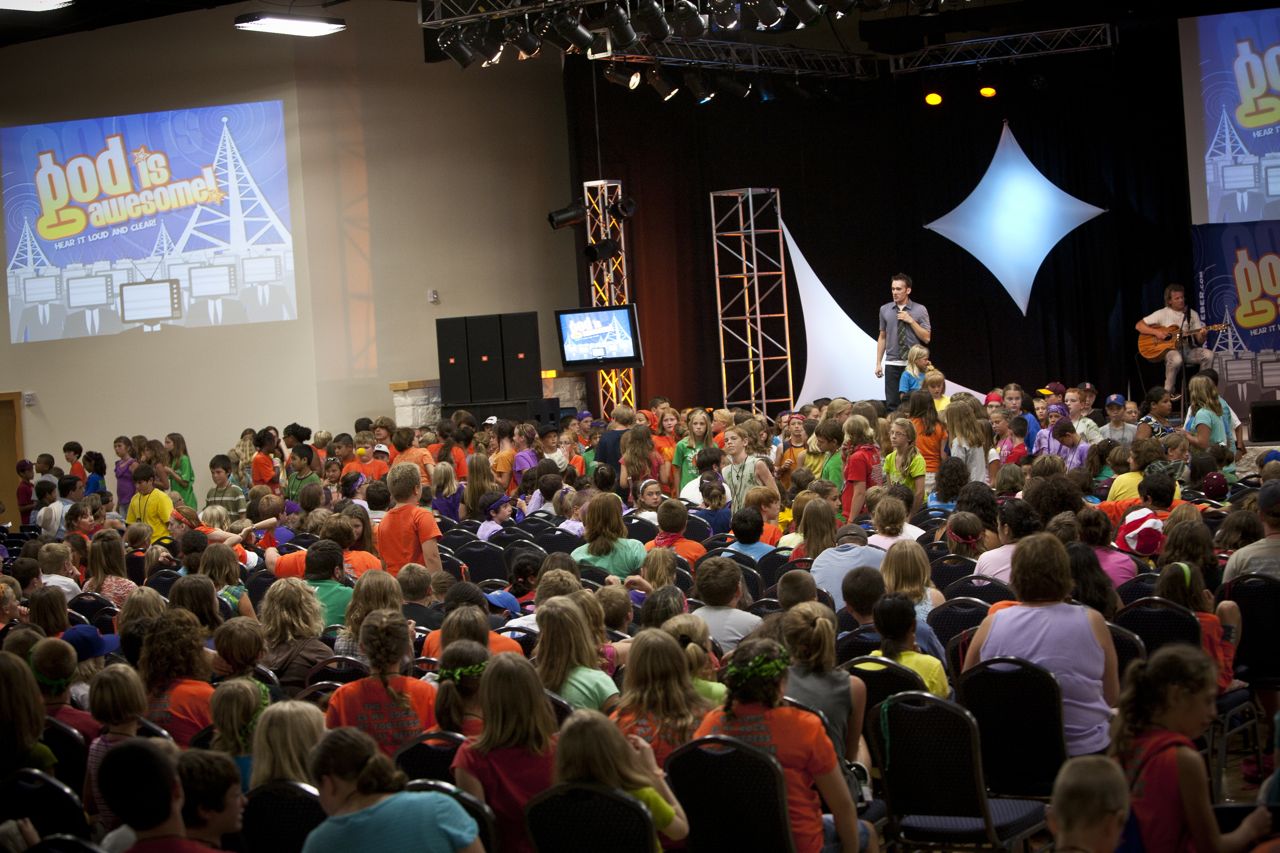I performed at a company holiday banquet on Sunday night in Pennsylvania. As I was eating dinner with the owner and his family, one of his children asked me, “Do you ever get nervous before your shows?” My answer was a quick and simple, “Yes.” Then I explained a little more.

Yes, I still get nervous before my performances even after nearly years of on-stage experience (which is most of my life) and over eight years of full-time one-man show performances.
Why do I get nervous? Frankly, I’m afraid the audience won’t like me. I’m afraid I’ll let down their expectations. I’m afraid I’ll mess up. I’m afraid I’ll injure someone. I’m afraid that it will be the last performance of my career for whatever reason.
And then I do the show…and they love it. I love it. Everybody has a great time. I realize that it was all in my head. And here’s a key thing to consider: Is that really a bad thing?
I would suggest, “No.”
Call it nervousness, call it stage fright, call it butterflies. We all know the feeling. And I believe it is a very normal and human thing. It is the desire to pursue excellence and to deliver something that is beneficial to others. And there will always be the risk of failure. I believe that if we don’t feel at least a little fear or nervousness in the things we strive for in life, then we might not be challenging ourselves enough.
But the fright is still there. Knowing that it is a very common feeling does not make it go away. How do we overcome stage fright?
I think that’s the wrong question.
The question should be, “How can we use stage fright to our advantage?”
So here are some things that I do in order to work through stage fright and use it to my advantage…..
- Just do it – Nike was right. When I just get up and do my show, all the jitters go away. The jitters are usually the worst right before I go out on stage. But within a few seconds of starting my rehearsed routine, I’m all good. Speaking of rehearsed….
- Practice – It sounds trite, but the more you practice, the less you need to worry about them not liking you. If you practice a ton for your presentation, you’ll do great. And even if you mess up, the audience will easily forgive you because they have a sixth sense that knows whether you’re practiced up or not. They can tell when you’ve worked hard on something and that they probably couldn’t do it themselves anyway, so they will appreciate you. Believe me, audiences are a lot nicer than we as performers usually think they will be.
- Look out at the audience before your performance – This may not be the right ritual for everyone, but it helps me. If possible, peek through the curtain to see who you’re about to perform for. Or at least get as good a look as you can at people as they come into the event. The more I see who I’m playing to and the more I gaze into their eyes and expressions, the more at ease I become because I realize that these are normal human beings who just want to enjoy a performance. They’re not out to get me. They’re not out to boo the performer off the stage. They’re on my side. And that helps me tremendously.
- Transfer the nervousness into energy – This is easier said than done. But it really it a mental exercise. Tell yourself that the nervous jitters are going to help you do great because you can go out there with excitement and anticipation for a great show.
- Pray – I am a person of faith who prays. I am part of a larger community of faith that supports me and prays for what I do. I can say from experience that prayer does amazing things – especially when it comes to stage fright and gearing up for presentations. Knowing that God made me and has called me to this vocation helps me focus my thoughts and energy on Him rather than myself. I believe that life is not about me anyway – it’s about bringing glory to God. If you have any inkling in you that there is a God (or even if you don’t believe in God), give prayer a chance and see what happens….




